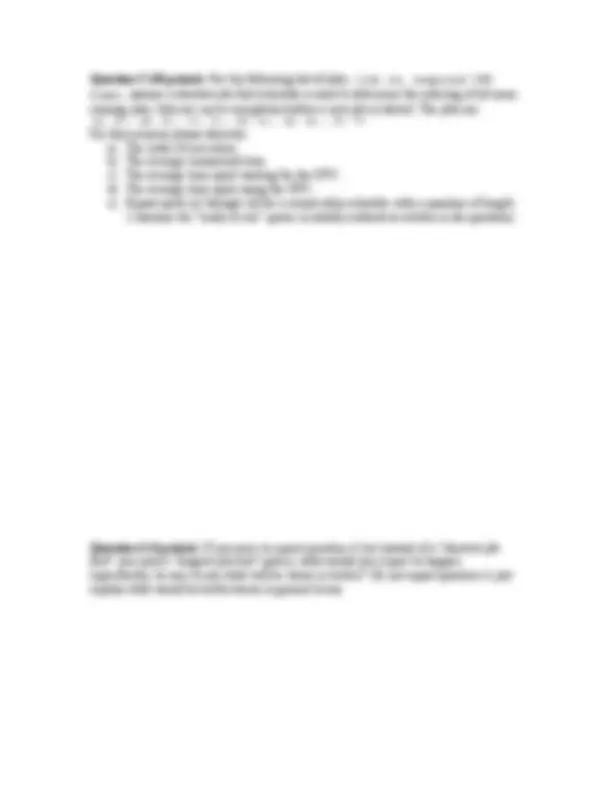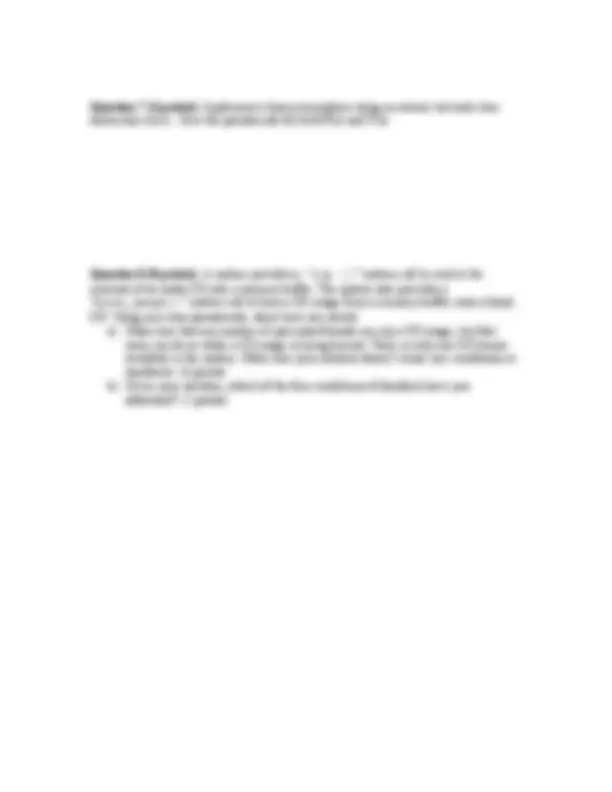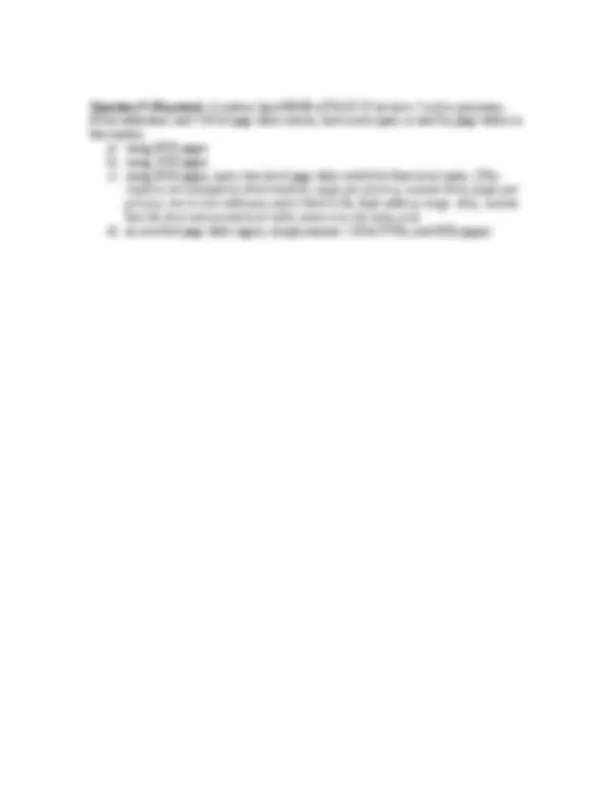





Study with the several resources on Docsity

Earn points by helping other students or get them with a premium plan


Prepare for your exams
Study with the several resources on Docsity

Earn points to download
Earn points by helping other students or get them with a premium plan
Community
Ask the community for help and clear up your study doubts
Discover the best universities in your country according to Docsity users
Free resources
Download our free guides on studying techniques, anxiety management strategies, and thesis advice from Docsity tutors
Material Type: Exam; Class: INTRO TO OPERATING SYSTEMS; Subject: Computer Science; University: University of Pittsburgh; Term: Fall 2005;
Typology: Exams
1 / 7

This page cannot be seen from the preview
Don't miss anything!




th
Name: E-Mail: ___________________@pitt.edu
Question 1 (5 points): Briefly describe a major advantage and disadvantage of the following OS architectures: a) Monolithic and Layered b) Virtual Machine Question 2 (4 points): Why could a microkernel OS be considered “slow”? Question 3 (4 points): Why was it important to be able to run multiple programs ( i.e. , multiprogramming) important and very desirable in the early days of computing. Question 4 (5 points): What is Belady’s anomaly? What class of page replacement algorithms do not encounter this problem?
Question 7 (4 points): Implement a binary semaphore using an atomic test-and-clear instruction tcl(x). Give the pseudocode for both P(s) and V(s). Question 8 (8 points) : A system provides a “rip ()” system call to read in the contents of an audio CD into a memory buffer. The system also provides a “burn_image()” system call to burn a CD image from a memory buffer onto a blank CD. Using any clear pseudocode, show how you would: a) Make sure that any number of processes/threads can rip a CD image, but that none can do so while a CD image is being burned. There is only one CD burner available in the system. Make sure your solution doesn’t cause race conditions or deadlocks. (6 points) b) Given your solution, which of the four conditions of deadlock have you addressed? (2 points)
Question 9 (10 points): A system has 640MB of RAM. If we have 5 active processes, 64 - bit addresses, and 128-bit page table entries, how much space is used by page tables in this system. a) using 8KB pages b) using 2KB pages c) using 8KB pages, and a two-level page table with 8-bit first-level index. [ This requires an assumption about memory usage per process, assume three pages per process, two in low addresses and a third in the high address range. Also, assume that the first and second-level table entries are the same size ]. d) an inverted page table (again, simply assume 128-bit PTEs, and 8KB pages)
Question Possible Grade 1 5 2 4 3 4 4 5 5 10 6 4 7 4 8 8 9 10 10 8 11 4 12 4 70